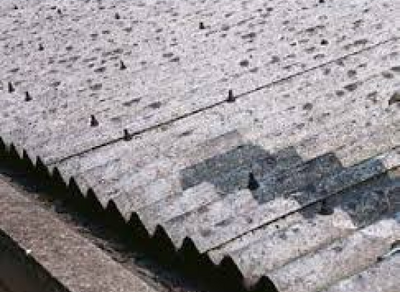
Commonly found as garage roofing and walls
Click to learn more
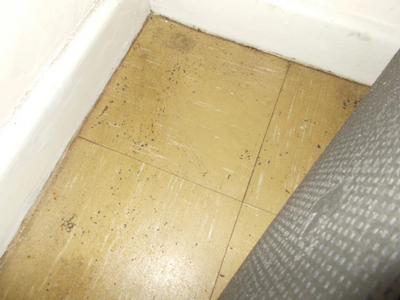
Commonly found in kitchens, bathrooms & hallways.
Click to learn more
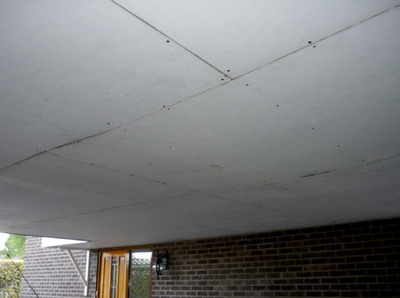
Commonly found in ceilings and walls
Click to learn more
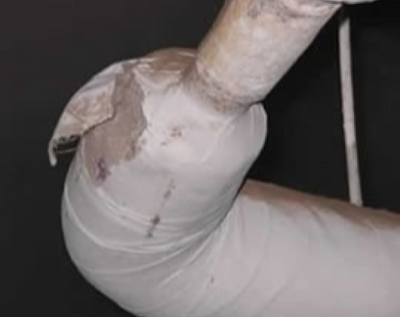
Commonly found around pipework
Click to learn more
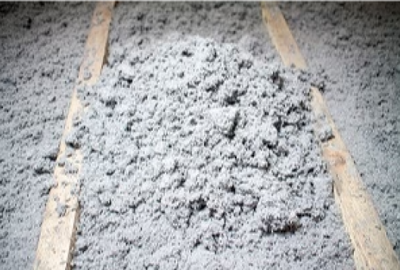
Commonly found in lofts/attics
Click to learn more
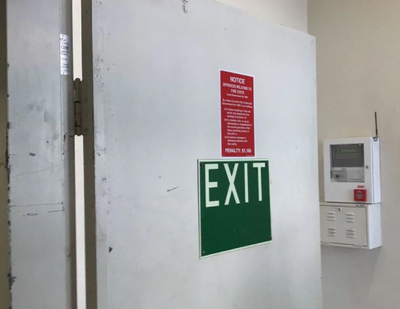
Commonly found in commercial premises.
Click to learn more
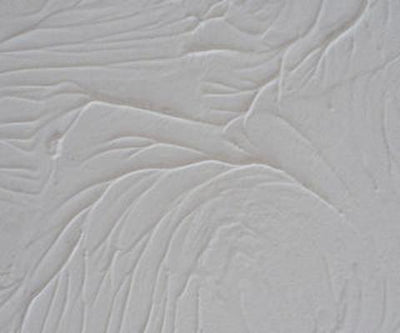
Commonly found in ceilings and walls
Click to learn more
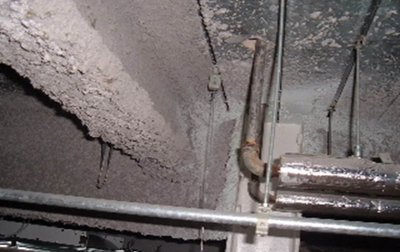
Commonly found around pipe and steelwork.
Click to learn more
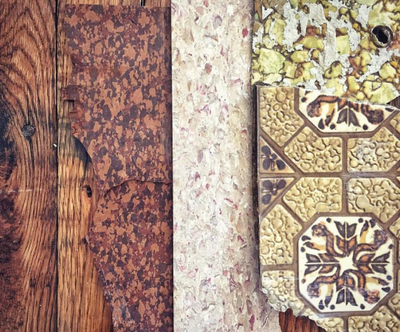
Commonly found in vinyl wallpaper.
Click to learn more
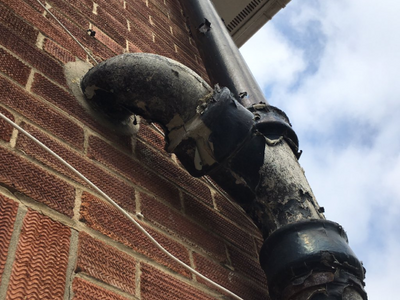
Commonly found as cement piping.
Click to learn more
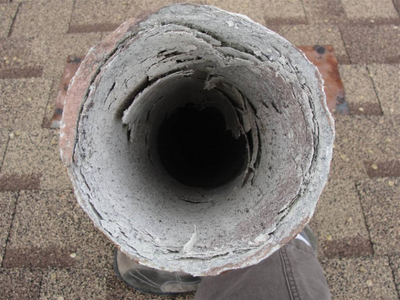
Commonly found attached to boilers & heating systems.
Click to learn more
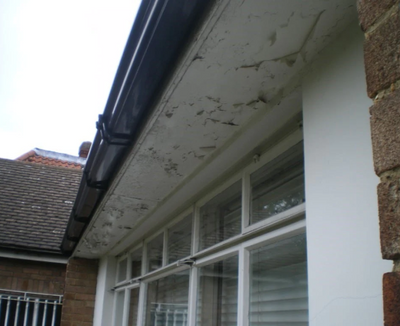
Commonly found above windows and near guttering.
Click to learn more
Here are some more products which sometimes contained asbestos: Rope, Bitumen, Adhesives, Mastics & Sealants, Gaskets & Rope Seals, Paper, Lino Flooring, Roofing Felt, Paint.
Have more questions?
Contact Our TeamHave more questions?
Contact Our Team